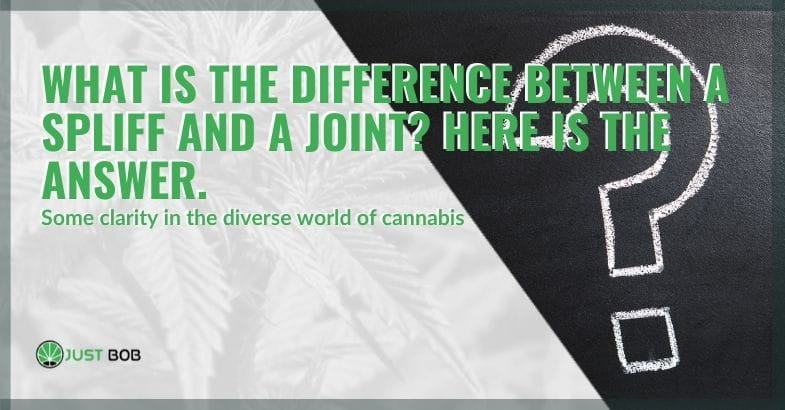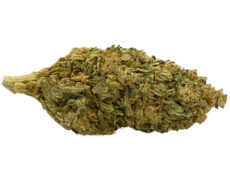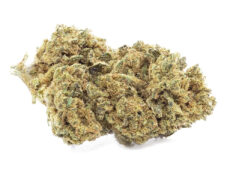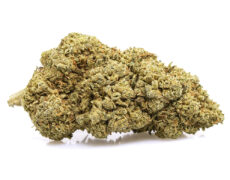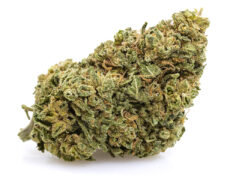Modified on: 19/04/2024
SOME CLARITY IN THE DIVERSE WORLD OF CANNABIS
With the growing popularity of medical cannabis and CBD cannabis, and the increasing interest of the population in this substance, more and more people find themselves dealing with topics that they previously only knew about through ‘hearsay’ or ignored altogether.
For example, many wonder whether there is a difference between a joint and a spliff or whether they are the same thing.
Let us clarify.
The world (of cannabis) is beautiful because it is diverse
There are many ways to consume cannabis: some people use it as an ingredient in sweets or other foods (the famous edibles), some use it in infusions, teas or drinks. Some put it in a vaporizer or apply it to their skin with products such as oils or creams (topicals).
Among these various systems, we will analyze the most popular method in the common imagination: inhalation, i.e., smoking cannabis (please note that this is not legal). We will also provide a small glossary to help us unravel the intricacies of this world.
Reeds, joints, blunts, spliffs: for those interested in the world of medical cannabis or legal hemp or who are curious, all these definitions can be perplexing.
But in short, what is a joint?
Read also: Cannabis cycle: here are all the growth phases of the plant
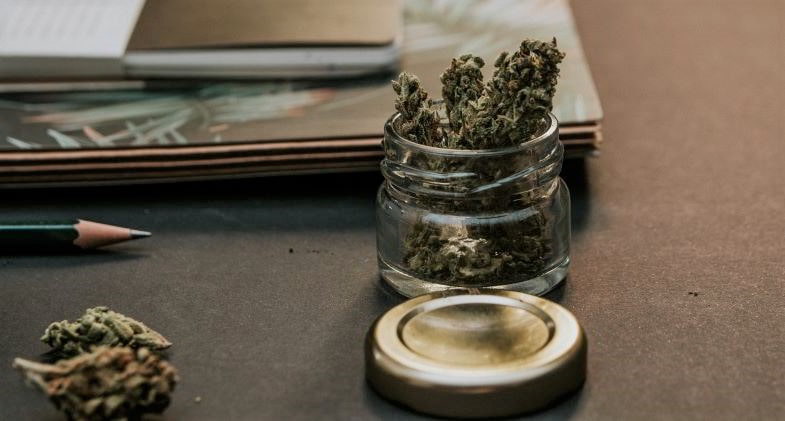

Joint or spliff? Let’s call a spliff by its name
Let’s start with the simple definition: a joint is a rolled cigarette with crushed marijuana inside that is sealed at the top and lit like a traditional cigarette or cigar.
Purists’ would add that a joint must contain only marijuana. No trace of tobacco. It is both to avoid the harmful effects of tobacco smoke and maintain the taste and aroma.
Reefers are also called joints, and they are very popular (for obvious reasons) in US states where the sale and consumption of marijuana are perfectly legal (e.g., California or Colorado).
The first big difference is here. Many people do not just put marijuana into a joint, but a mixture of marijuana and tobacco, either from traditional cigarettes or from loose tobacco packs. They are the classic ‘joints’, and their alias is ‘spliff’.
The criticism levelled at them by proponents of the joint is that the taste of the tobacco overshadows that of the marijuana, making the experience less enjoyable.
They are the most popular marijuana products in Europe, certainly outnumbering joint.
Finally, we find blunts in the third macro-family within the world of marijuana smoking.
They have the same content as joints (i.e., 100% marijuana) but differ in one detail: the wrappers that hold the cannabis. Instead of being rolled in cigarette paper-like their other two ‘cousins’, blunts are wrapped in thicker, brown paper made from tobacco leaves. As a result, they are as if what cigars represent in the world of smoking: more expensive, heavier, fuller-bodied.
Each has its pros and cons
The three ‘schools of thought’ of marijuana inhalation differ in their procedure and have different pros and cons.
Reefers/joints have a more ‘pure’ taste and are easier to roll, combined with lower risks to the lungs than the other two modes. However, these qualities are counterbalanced by the excessive burning speed and the fact that they contain only marijuana.
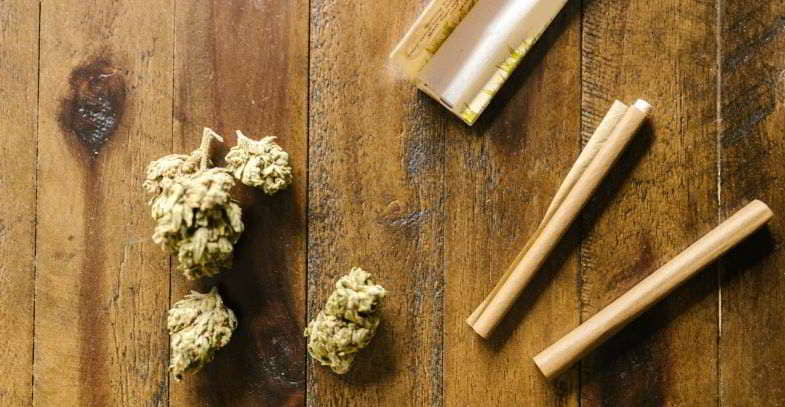

Cannabis/spliffs, on the other hand, are easy to roll, require less weed and burn more evenly; however, they taste less genuine and are more harmful to the lungs, precisely because of the presence of tobacco.
Finally, blunts have a distinct and robust flavour but are more expensive, harder to roll and more harmful than regular joints.
Each of these three products has legions of devoted fans, but they are only part of the mosaic associated with cannabis and the microcosm that revolves around it. To date, this universe remains unexplored mainly and needs research that can determine the benefits and risks for everyone.
Read also: Hemp biomass: meaning of the term and uses
In conclusion
In this article, we have attempted to clarify (for information purposes only) the various types of what is commonly referred to as ‘reefer’. We have seen that the main differences lie in both the type of wrapping and the ‘filling’, i.e., what you put inside.
Are you curious about new cannabis glossary articles?
Don’t miss our content and visit our online store Justbob.ch to choose between legal cannabis, hashish and CBD oil.
We are waiting for you in our cannabis CBD shop!



